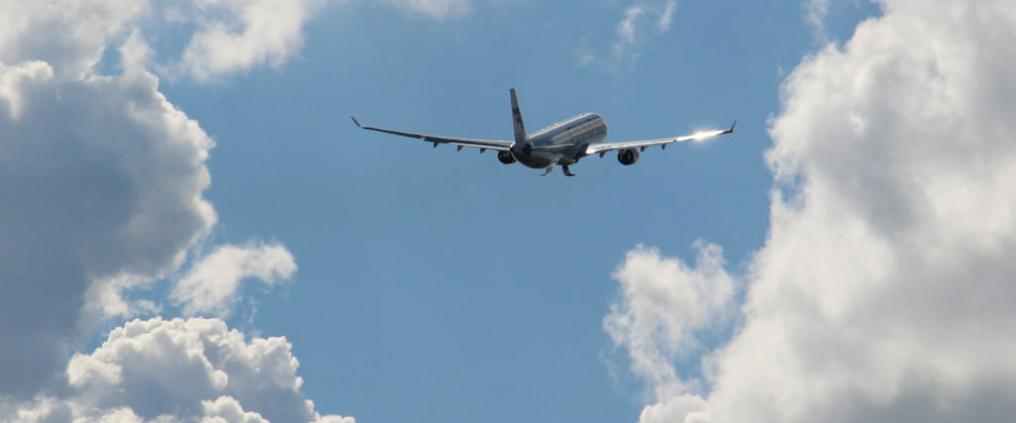Statistics do not include passengers’ nationalities
Finavia gathers information on domestic and international air traffic passenger numbers on a monthly basis.
In these statistics, a domestic passenger is defined as anyone boarding at a Finnish airport and landing at a Finnish airport.
International passengers, on the other hand, either board or land at an airport outside of Finland.
“We do not collect information on passengers’ nationalities, so in this case ‘domestic passengers’ does not mean Finnish passengers. For example, the number of domestic passengers has grown 0.4 % in the time period between January to September this year compared to that of last year, but you can’t make direct conclusions about the development of Finns and air travel from this,” says Petri Vuori, Vice President, Sales and Route Development at Finavia.
The number of transfer passengers is growing
In Finavia’s statistics, international passengers at Helsinki Airport are classified into arriving, departing and transferring passengers.
A transfer passenger comes to the airport on a flight and continues their travels on a flight to a different airport.
“The number of transfer passengers has grown strongly at Helsinki Airport in recent years. For example, from January to September this year, the number of passengers at Helsinki Airport has been around 870 000 larger than in the same period last year. In several monthly statistics, almost half of this growth has come from transfer passengers, which is by far the fastest-growing category by percentage,” says Vuori.
Scheduled and chartered traffic is classified by destination country
Finavia publishes monthly statistics on the number of international scheduled traffic and chartered traffic passengers at Finnish airports.
Scheduled traffic passengers – which comprises most passengers – fly on a regular flight route operated by an airline, whereas charter traffic operates outside of regular scheduled flight routes.
Passengers in both categories are classified based on their destination country.
“You can see from the statistics, for example, that the number of passengers on scheduled flights between Finavia airports and Germany has grown steadily this year. You cannot, however, say that this means that Finns are travelling to Germany more, because we don’t have information on passengers’ nationalities,” describes Vuori.
Where does Finavia get the information?
Finavia also publishes monthly statistics on domestic and international air transport landings, as well as domestic and international air transport cargo and postal volumes.
The information on flight events come from ANS Finland, the Finnish air navigation service provider. The airline-specific information on the number of passengers, as well as air cargo and postal volumes, come from handling companies operating at Finavia’s airports.
A record year
In 2018, with fast-growing passenger numbers at Helsinki Airport, Finavia reached its new passenger record. This year, a new record is expected to be set.
“The main factor for this is growth in international passenger traffic. Helsinki Airport has clearly positioned itself as a transfer airport between Europe and Asia, because the shortest flight route between the northern parts of Asia and Europe goes through Helsinki,” Vuori says.
Finavia passenger and traffic statistics



